Type Dessert Place of origin Ottoman Empire | Variations Multiple | |
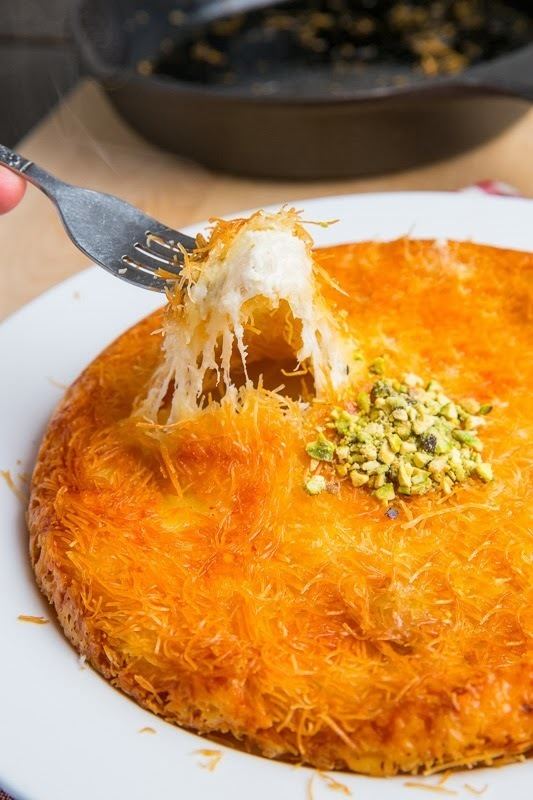 | ||
Alternative names Kadeh (Assyrian), Kadaif, Künefe Region or state Countries of the former Ottoman Empire, Levant, Middle East and Caucasus Main ingredients Sugar, Cheese, Pistachio, Rose water, Kaymak Similar Baklava, Basbousa, Cheese, Qatayef, Pistachio | ||
Kanafeh konafa sweet cheese dessert recipe cookingwithalia episode 199
Kanafah (Arabic: كنافة kunāfah, Turkish: künefe, Azerbaijani: ریشته ختایی riştə xətayi, Greek: κανταΐφι kadaïfi/kataïfi, Hebrew: כנאפה knafeh), also spelled kunafeh or kunafah is a Middle Eastern cheese pastry soaked in sweet, sugar-based syrup. It is a specialty of the Levant and Turkey.
Contents
- Kanafeh konafa sweet cheese dessert recipe cookingwithalia episode 199
- Best lebanese kanafeh na ama recipe knafeh kunafeh kunafah na ama recipe
- Preparation
- Kanafeh Nabulsieh
- Rit Xtayi
- Kadaif
- References
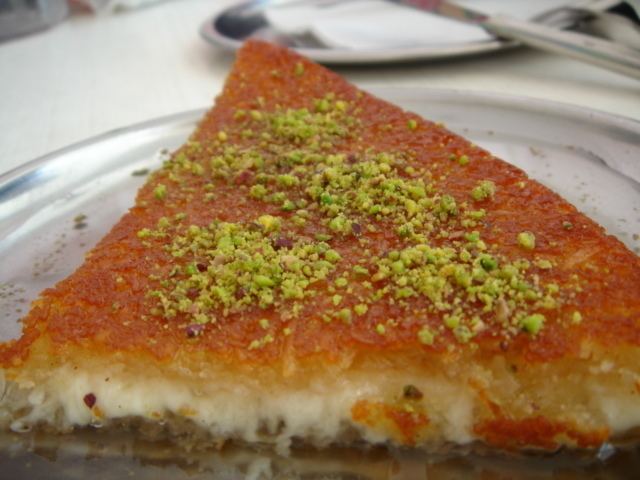
Best lebanese kanafeh na ama recipe knafeh kunafeh kunafah na ama recipe
Preparation
Kanafeh pastry comes in three types:
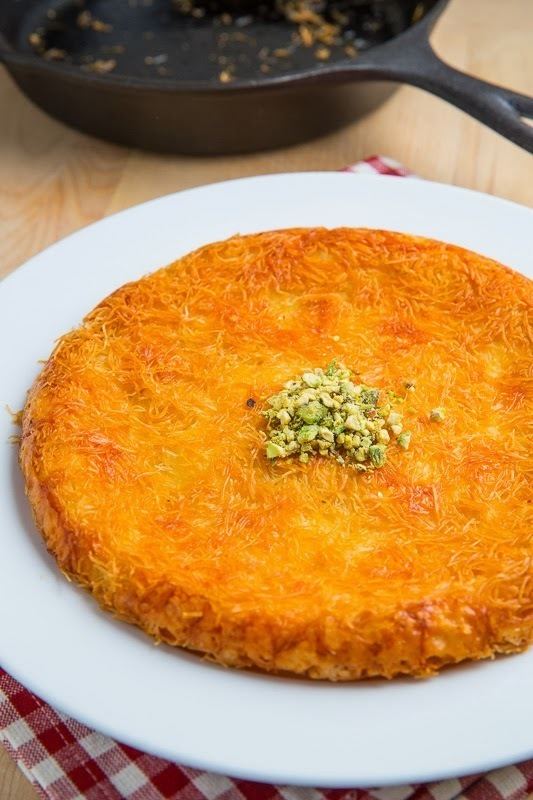
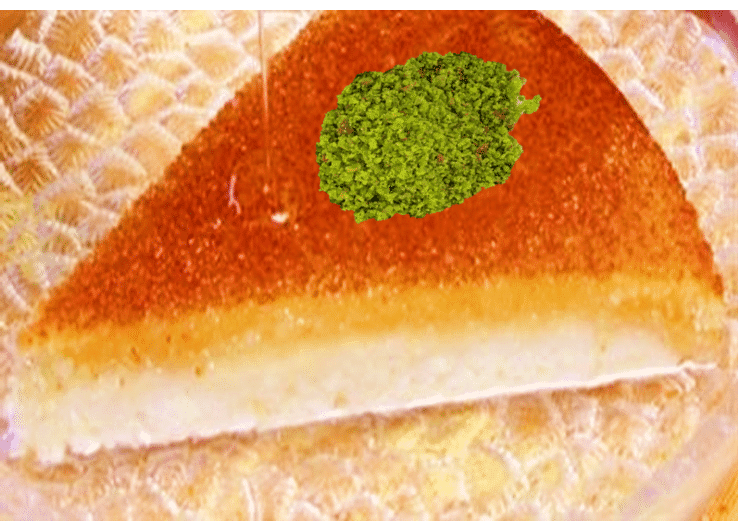
The pastry is heated in butter, margarine, palm oil, or traditionally semneh and then spread with soft white cheese, such as Nabulsi cheese, and topped with more pastry. In khishnah kanafeh the cheese is rolled in the pastry. A thick syrup of sugar, water, and a few drops of rose water or orange blossom water is poured on the pastry during the final minutes of cooking. Often the top layer of pastry is tinted with red food coloring (a modern shortcut, instead of baking it for long periods of time). Crushed pistachios are sprinkled on top as a garnish.
Kanafeh Nabulsieh
Kanafeh was first mentioned in the 10th century.
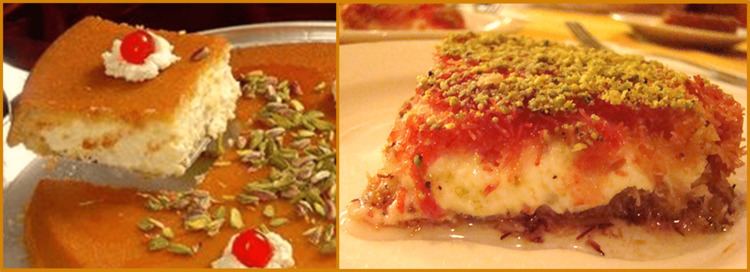
It is generally believed to have originated in the Palestinian city of Nablus, hence the name Nabulsieh. Nablus is still renowned for its kanafeh, which consists of mild white cheese and shredded wheat surface, which is covered by sugar syrup. In the Levant, this variant of kanafeh is the most common. The largest plate of kanafeh was made in Nablus in an attempt to win a Palestinian citation in the Guinness World Records. It measured 75×2 meters and weighed 1,350 kilograms.
The Turkish variant of the pastry kanafeh is called künefe and the wirey shreds are called tel kadayıf. A semi-soft cheese such as Urfa peyniri (cheese of Urfa, or Hatay peyniri, cheese of Hatay), made of raw milk, is used in the filling. In making the künefe, the kadayıf is not rolled around the cheese; instead, cheese is put in between two layers of wiry kadayıf. It is cooked in small copper plates, and then served very hot in syrup with clotted cream (kaymak) and topped with pistachios or walnuts. In the Turkish cuisine, there is also yassı kadayıf and ekmek kadayıfı, none of which is made of wirey shreds.
Riştə Xətayi
This type of Azerbaijani variant is prepared in Tabriz, Iran. «Riştə Xətayi» is called to mesh shreds that are cooked typically in Ramadan in the world's biggest covered Bazaar of Tabriz. It is made of chopped walnuts, cinnamon, ginger, powder of rose, sugar, water, rose water, olive oil.
Kadaif
In this variant, called also καταΐφι or κανταΐφι in Greek (kataïfi or kadaïfi), the threads are used to make pastries of various forms (tubes or nests), often with a filling of chopped nuts as in baklava.
A Bosnian style kadaif pastry is made by putting down a layer of wire kadaif, then a layer of a filling of chopped nuts, then another layer of wire kadaif. The pastries are painted with melted butter, baked until golden brown, then drenched in sugar or honey syrup.
